Located near Christmas Fl, the Tosohatchee Wildlife Management Area includes an 18.6-mile loop trail that features a lake.
The trail is located along the Great Florida Birding and Wildlife Trail so expect to see plenty of wildlife enjoying the area. Wading birds, eagles, ospreys, turkeys, deer, and alligators are some of the wildlife you may meet. Beautiful cabbage palm hammocks and freshwater marshes are waiting for you to explore. Discover bromeliads, orchids, ferns, and abundant wildflowers. Be on the lookout for rare pitcher plants, hand ferns, and cutthroat grass.
Short hikes can lead to many sightings and new discoveries like the virgin bald cypress stand in James Creek Swamp. There are trails for day hikes and hiking with overnight camping. Primitive campsites are available for the more adventurous including one along the 12 miles of the Florida National Scenic Trail. The unpaved roads are bicycle-friendly. For those who would rather view the scenery from the comfort of your air-conditioned vehicle, you are permitted to do so when the roads are not too wet or sandy. Dogs are welcome when on a leash.
Whether on foot, by bicycle, or from your vehicle:
Get Outside. Explore. Discover.

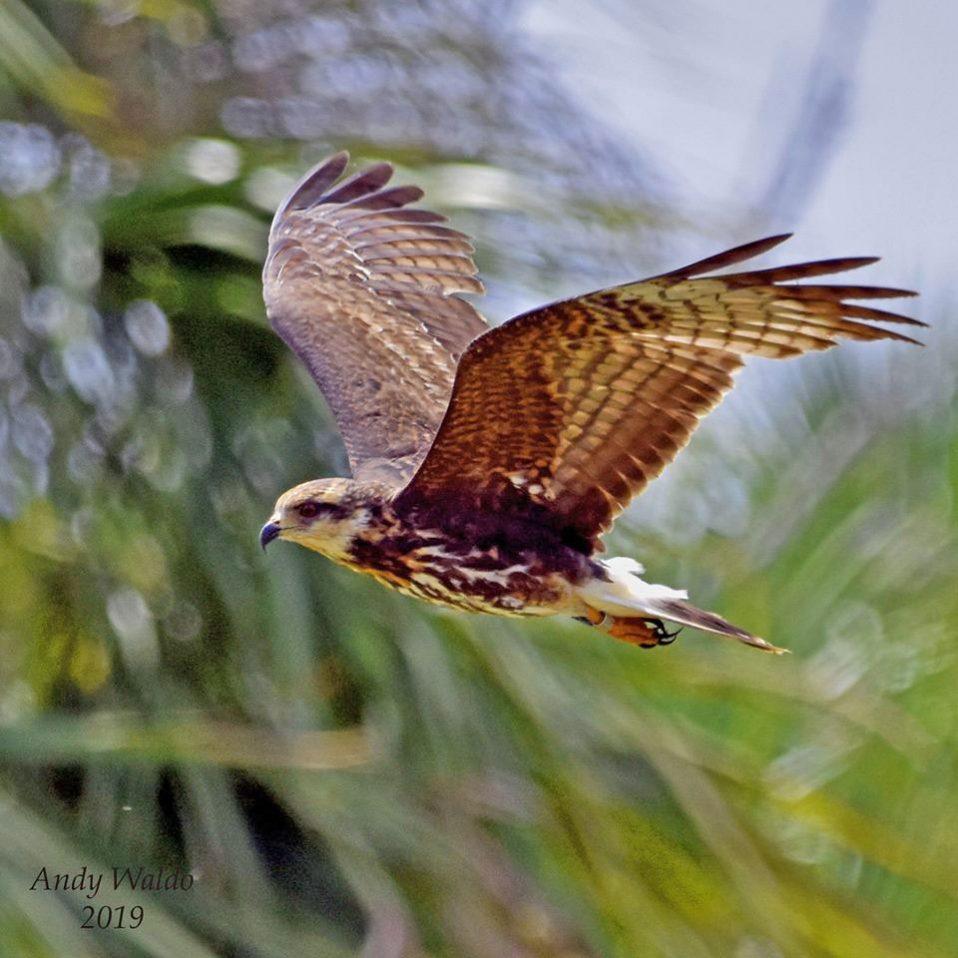
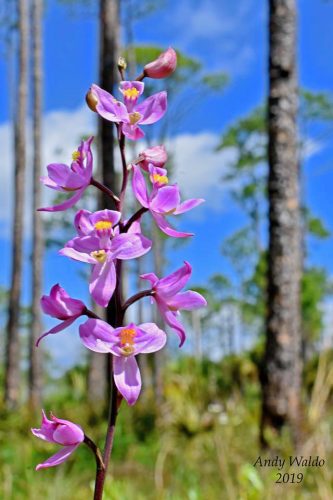
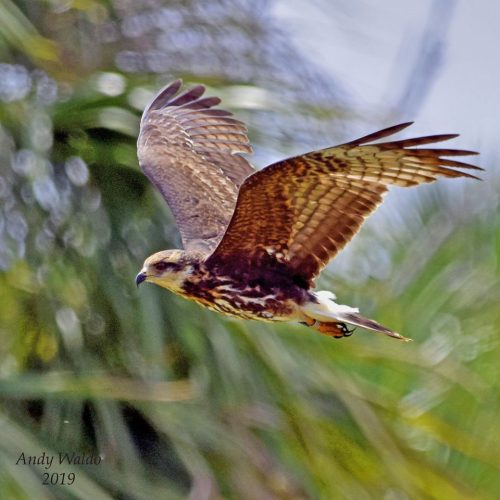
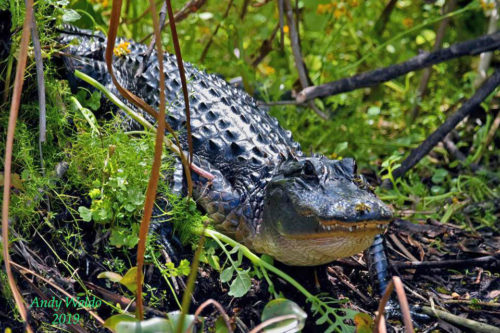
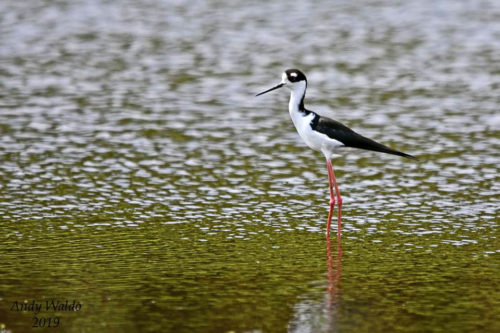
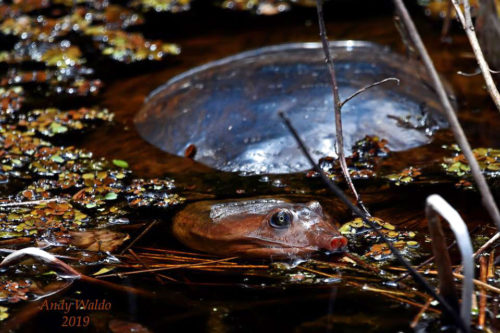
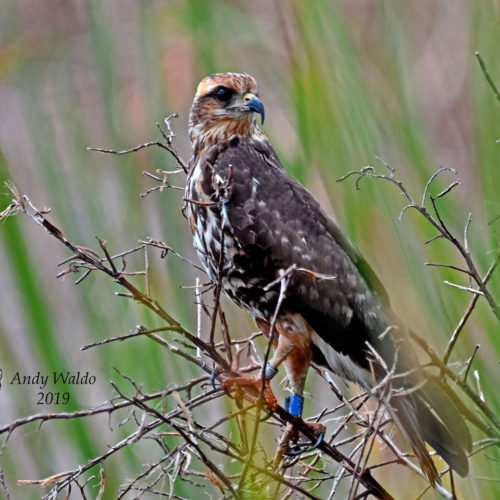

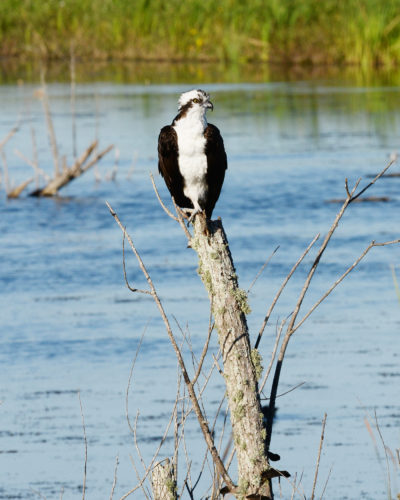
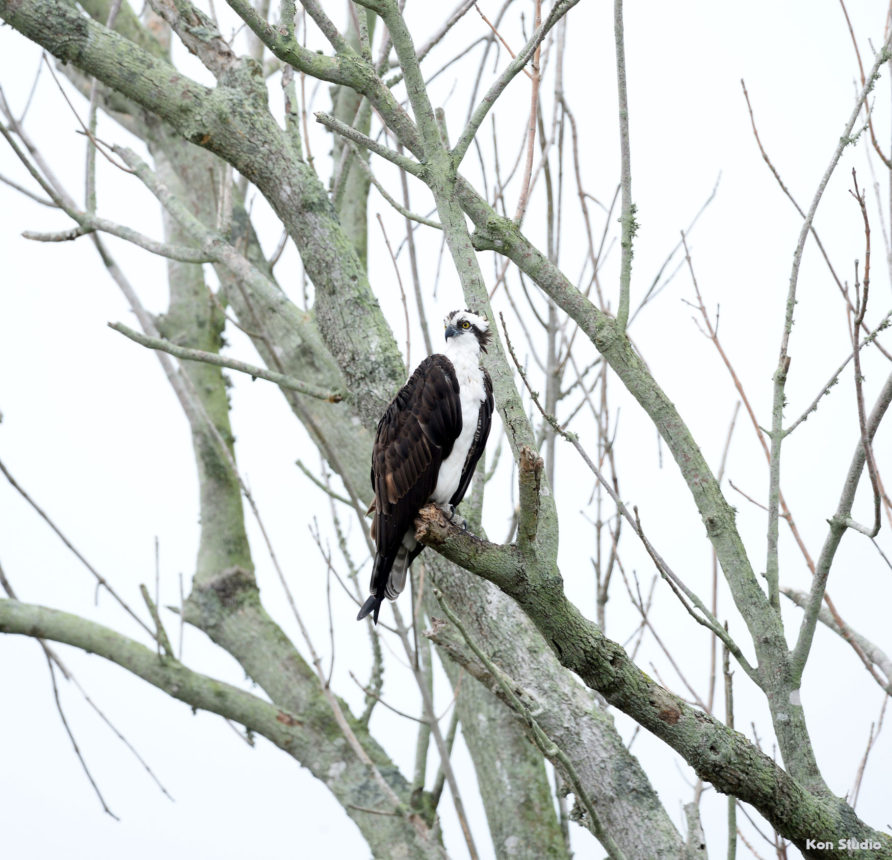
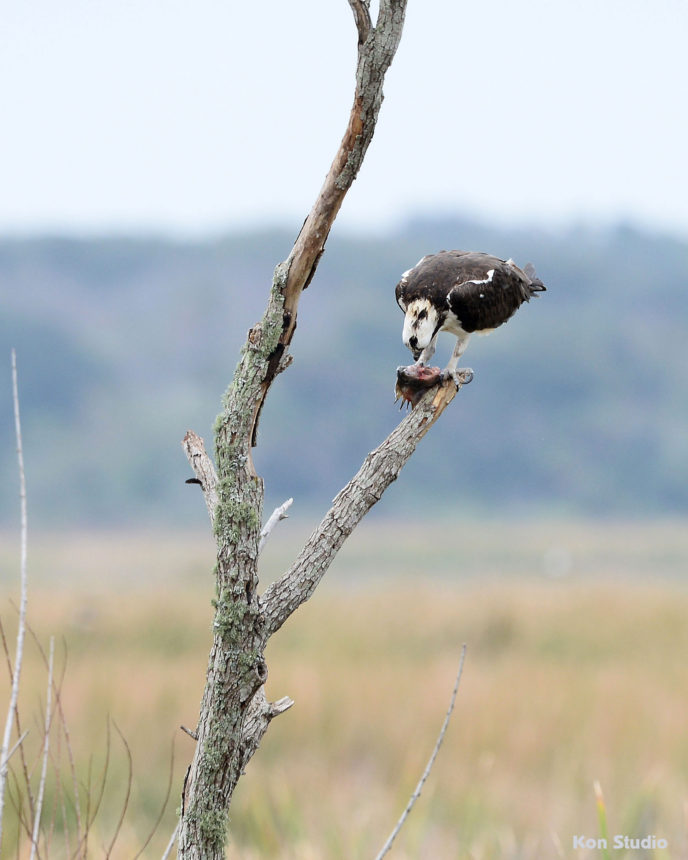
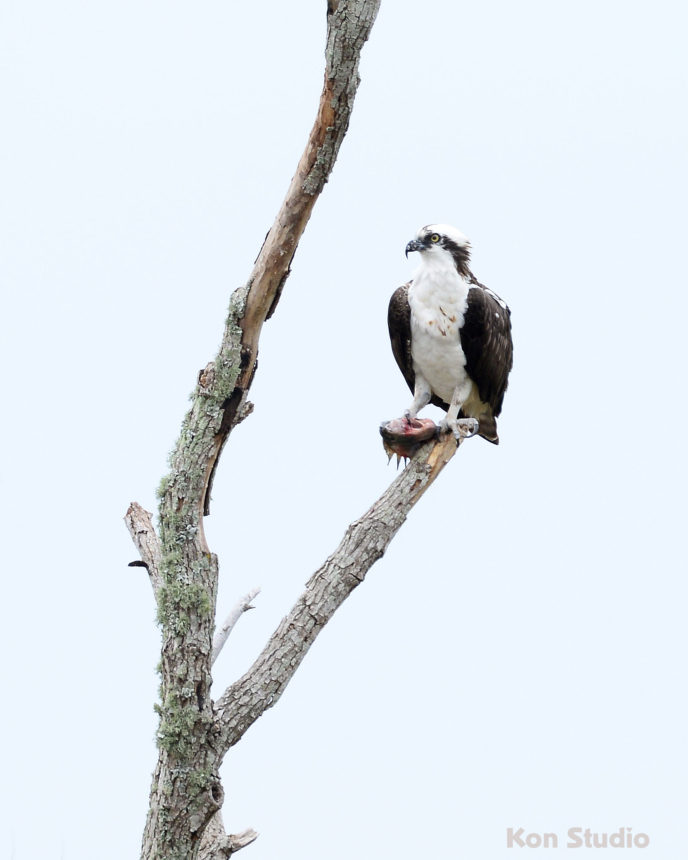
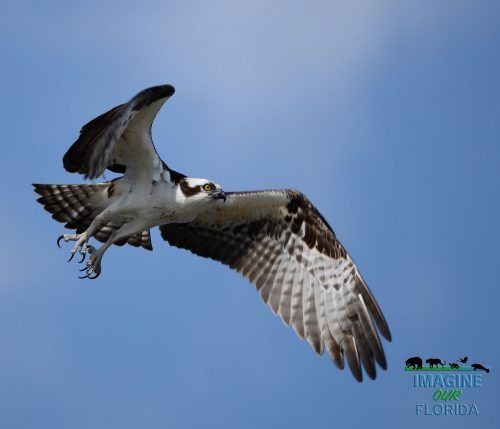
Recent Comments